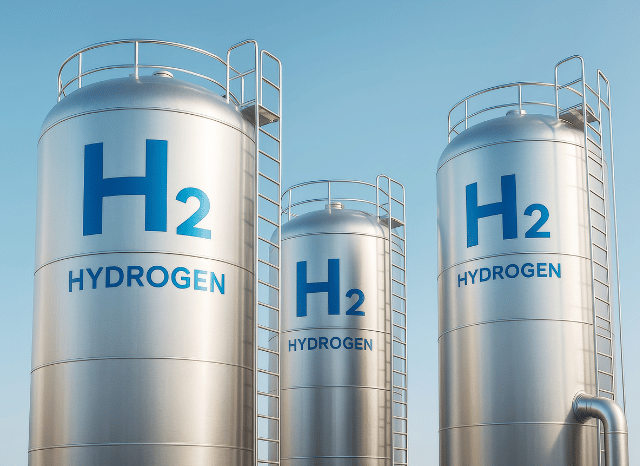
Oman, Germany, plus the Netherlands have signed a groundbreaking agreement that would reshape Europe’s Vitality landscape, ushering in a new era of inexperienced hydrogen imports from the center East.
A Daring go in the worldwide energy changeover is taking shape among Oman and Europe. A historic arrangement signed previously this yr paves the best way for among the planet’s 1st substantial-scale hydrogen corridors—linking Oman’s broad renewable resources to Germany’s industrial hubs via the Netherlands.
The Main of this initiative is eco-friendly hydrogen—produced by splitting drinking water by way of electrolysis driven by photo voltaic or wind energy. This manner of hydrogen has captivated worldwide interest for its potential to decarbonise sectors that are otherwise challenging to electrify, like large transportation, steel output, and Strength storage.
Oman, leveraging its sunny climate and bold countrywide approach, aims to be a best global exporter of eco-friendly hydrogen by 2030. Forecasts counsel the region could produce as many as one million tonnes of green hydrogen per year by the top from the 10 years. A critical component of this system entails liquefying the hydrogen to facilitate overseas transport.
Enter the hydrogen corridor: a planned maritime and logistics route starting from the port of check here Duqm in Oman, extending for the ports of Amsterdam and Duisburg. Specialised cryogenic tankers, just like All those Employed in LNG transportation but adapted for hydrogen’s Substantially lessen temperatures, will have the gas. European ports are by now planning the required infrastructure to get, retail outlet, and distribute the cargo.
This electrolysis corridor is not simply a logistical feat—it’s a strategic just one. For Germany, which happens to be looking to reduce dependence on fossil fuels and diversify its energy blend, the imports could enable meet up with its target of bringing in ten million tonnes of renewable hydrogen by 2030. The corridor also aligns with broader EU sustainability ambitions and industrial decarbonisation attempts.
The venture’s importance lies not merely in its scale, but additionally in its replicability. Like LNG before it, liquid hydrogen could shortly transfer throughout continents, breaking free of charge from the restrictions of mounted pipeline networks. And Oman isn’t alone. Other initiatives—for instance Spain’s Basque Hydrogen Corridor as well as the Central European Hydrogen website Corridor—are developing the spine of the future hydrogen economic climate.
The Basque job concentrates on integrating manufacturing, distribution, and industrial use within just northern Spain. In the meantime, the Central European route ideas to repurpose current gasoline pipelines to hold hydrogen from Japanese Europe to Germany, further cementing the region’s purpose in the hydrogen transition.
If profitable, these efforts could mark An important milestone in decarbonising Europe’s hefty get more info industries and transport networks—powered from the Sunlight and wind of distant deserts.